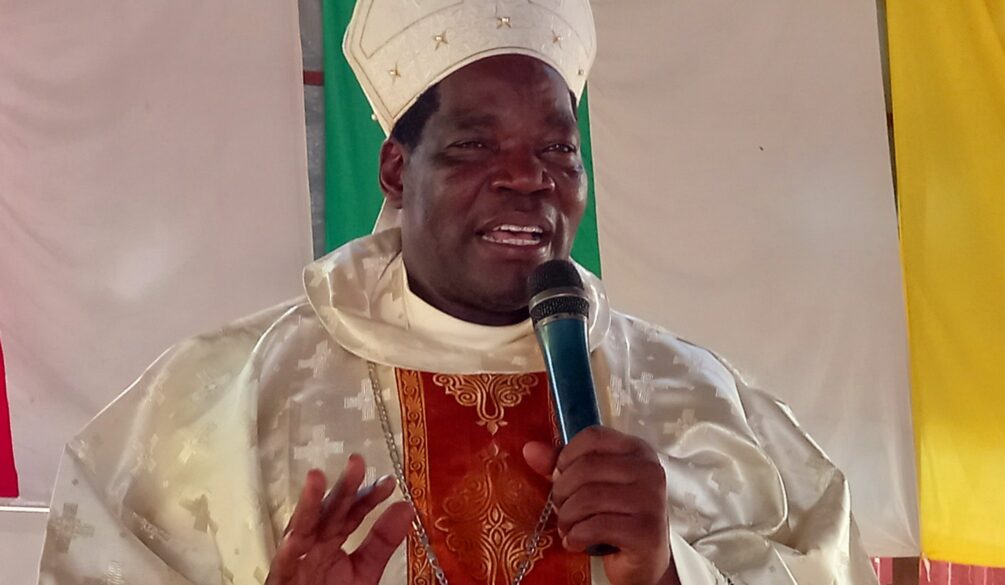Bishop’s Wisdom Guides Seekers to Deeper Spiritual Connection at the Tomb of Titarani Bishop Gasi Abangite
Sr. Henriette Anne FSSA
As the days draw near for the pilgrimage to the Tomb of Titarani Bishop Gasi Abangite, bishop Eduardo Kussala noted that it is essential to understand the deeper purpose behind this annual tradition and how one can maximize the experience. Here are some key points to consider before and during the pilgrimage:
- Clarify Your Intentions: Before setting out on the pilgrimage, take time to reflect on your intentions. Why are you participating in this pilgrimage? What spiritual or personal goals do you hope to achieve? He encourages the participants to set clear intentions for their journey, whether it’s seeking spiritual growth, solace, healing, or a deeper connection with God.
- Spirit of Prayer and Intercession: He called upon the pilgrims to emphasize the power of prayer during the pilgrimage, to not only pray for themselves but also to pray for others, whether it’s loved ones, the community, or the world at large. This collective intercession can bring a sense of unity and purpose to the journey, the bishop explained.
- Spiritual Engagement Along the Way: As pilgrims travel to Yambio, he said, “I encourage them to visit churches and parishes along the route. Take time to pray and engage with the local communities and fellow pilgrims you encounter”. These moments of connection can enrich the pilgrimage experience and highlight the broader community of faith.
- Openness and Mutual Support: He stressed the importance of being open to connecting with fellow pilgrims. Encouraging a spirit of mutual support. He added that Pilgrimages often provide opportunities to form deep and lasting relationships with people who share a similar spiritual journey.
- Embrace Adaptability: He reminded pilgrims that challenges and unexpected situations are a natural part of any pilgrimage. He has called upon all Church leaders to encourage pilgrims to maintain a positive and adaptable mindset, as some of the most profound experiences can arise from overcoming obstacles.
- Accepting Diversity: He explained in his statement that pilgrimages often bring together people from various backgrounds asking pilgrims to embrace the diversity they encounter along the way, recognizing that everyone is on their own unique spiritual journey.
- Documentation and Reflection: Suggest keeping a journal or taking photos to document the pilgrimage experience. This can help pilgrims remember their journey and reflect on the insights and revelations they gain along the way.
- Engagement with Authorities: He also said that the participants to inform local authorities about the pilgrimage, ensuring safety and coordination. This also shows respect for the community and authorities you will encounter.
- Spiritual Legacy: Highlight the historical significance of the route you’re taking. Discuss how the roads you travel and the locations you visit have been part of the faith journey of those who came before you, including Titarani Bishop Gasi Abangite and the missionaries who brought the faith.
- Spiritual Discovery: He emphasized that the pilgrimage is an opportunity to step away from the complexities of daily life and immerse oneself in a focused spiritual journey. He asked the participants to approach the pilgrimage with an open heart and mind, ready to discover new insights about themselves, their faith, and the world around them.

